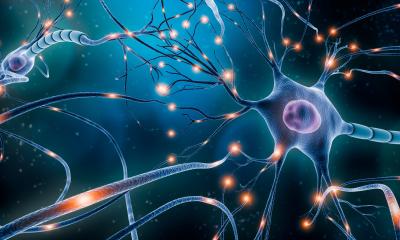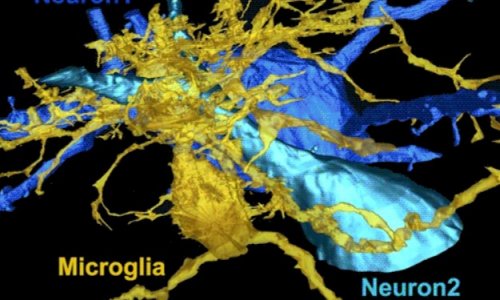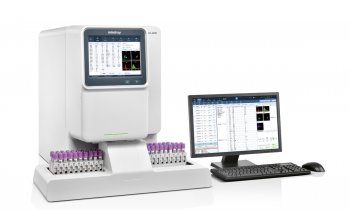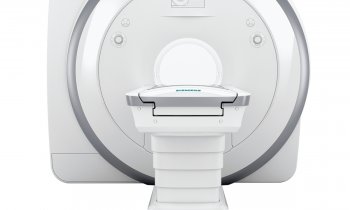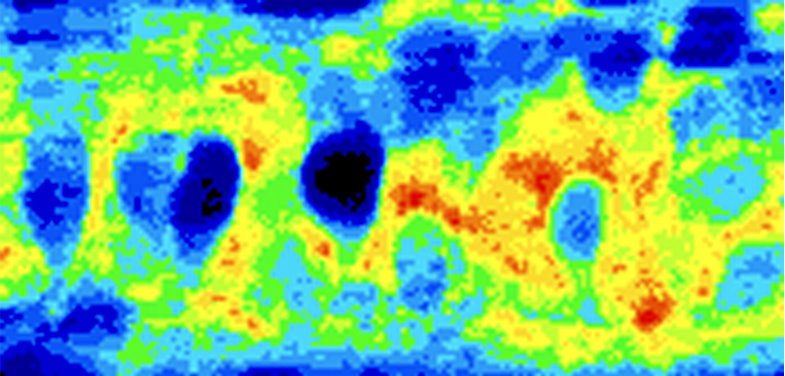
Image credit: Kazuhide Asakawa, National Institute of Genetics
News • Selective degradation of neurons
ALS: Key mechanism behind motor function loss discovered
Large motor neurons carry a hidden burden of degradation stress, worsened by loss of TDP-43 linked to ALS
Amyotrophic lateral sclerosis (ALS), also known as Lou Gehrig’s disease, is among the most challenging neurological disorders: relentlessly progressive, universally fatal, and without a cure even after more than a century and a half of research. Despite many advances, a key unanswered question remains—why do motor neurons, the cells that control body movement, degenerate while others are spared?
In their new study, Kazuhide Asakawa and colleagues used single-cell–resolution imaging in transparent zebrafish to show that large spinal motor neurons — which generate strong body movements and are most vulnerable in ALS — operate under a constant, intrinsic burden of protein and organelle degradation. These neurons maintain high baseline levels of autophagy, proteasome activity, and the unfolded protein response, suggesting a continuous struggle to maintain protein quality control.
The researchers published their findings in the journal Nature Communications.
This intrinsic pressure helps explain why these neurons are the first to degenerate in ALS, and points to reducing degradation burden as a potential therapeutic strategy
Kazuhide Asakawa
Importantly, the team found that this burden is further amplified by the loss of TDP-43, a protein whose dysfunction is linked to most ALS cases. Initially, the acceleration of cellular degradation appears protective, supporting axon outgrowth. But over time, this heightened stress response may become overwhelmed, leading to the selective degeneration that characterizes ALS.
“Our findings suggest that the substantial size and metabolic demand of large motor neurons impose a constant degradation burden,” said Dr. Kazuhide Asakawa, lead author and principal investigator at the National Institute of Genetics. “This intrinsic pressure helps explain why these neurons are the first to degenerate in ALS, and points to reducing degradation burden as a potential therapeutic strategy.”
The study not only provides direct evidence of cell size–linked proteostatic stress in vulnerable neurons, but also offers new insight into an old puzzle in medicine: why ALS relentlessly targets motor neurons and remains so difficult to treat.
Source: Research Organization of Information and Systems
28.10.2025




